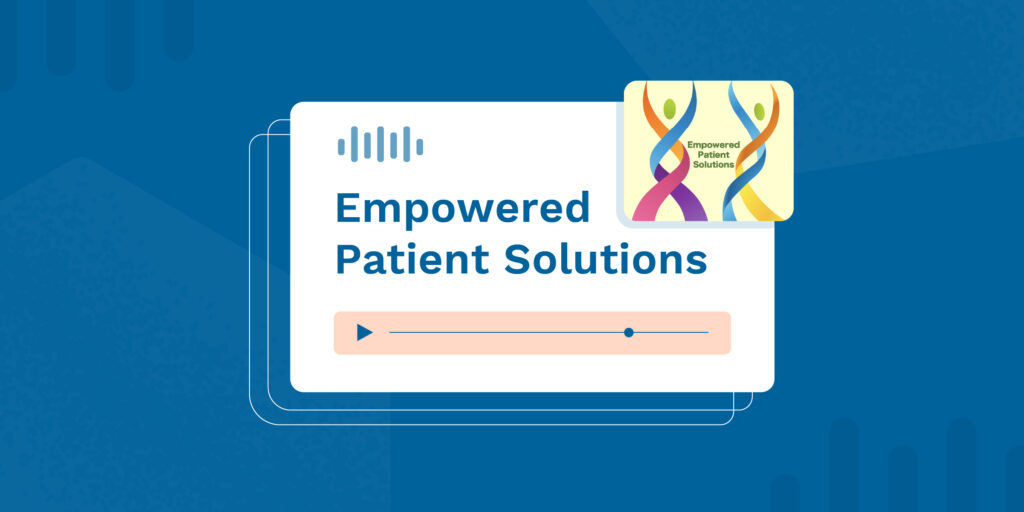Advancements in automation and analytics are making it easier for patients and providers to overcome scheduling obstacles.
Imagine a working parent juggling multiple responsibilities, from managing work tasks to getting kids off to school and handling household chores. They call their pediatrician’s office one hectic morning to schedule a routine well exam for their toddler, only to be placed on hold for several minutes. Frustrated and running short on time, they hang up, intending to call back but forgetting altogether.
The issue here isn’t merely a missed appointment. It’s the gap in the patient’s care and a missed opportunity for the practice.
Scheduling challenges exist on the practice side, as well. Administrative staff at a busy clinic may spend hours a day fielding appointment requests, chasing incomplete forms, and sending reminders. Despite their best efforts, patients miss appointments or don’t complete all the required documentation. These inefficiencies are time-consuming at best and, at worst, costly and detrimental to team morale.
Fortunately, advancements in automation and analytics are making it easier for patients and providers to overcome these obstacles. Here’s how.
Automation Solutions for Streamlined Scheduling
When implemented correctly, these four automation tools can improve patient satisfaction and support healthcare providers in making data-driven decisions:
1. Patient Self-Scheduling
With self-scheduling, patients can book appointments at their convenience. This tool reduces the need for administrative staff to intervene and eliminates back-and-forth communication. Staff can focus on value-added tasks rather than the tedium of managing appointment requests.
2. Automated Payments
Likewise, automated payment systems simplify the process of collecting patient fees. Patients can pay co-pays or outstanding balances online before appointments, improving the practice revenue cycle and reducing the workload on billing staff.
3. Auto-Sending Forms
Manually sending and following up on patient forms takes up a lot of time and resources. Through automation, practices can send intake and consent forms directly to patients upon scheduling. This allows patients to complete the forms at their convenience, and the system automatically updates the practice’s records. This tool minimizes the back-and-forth communication and ensures patients are ready for their visits.
4. Auto Reminders for Appointments
Want to reduce no-show rates, cancellations, and late arrivals? Try automated appointment reminders. This tool sends reminders to patients via email, text, or phone calls. They often include options to cancel or reschedule, giving patients greater flexibility while reducing administrative follow-up work.
Leveraging Analytics for Smarter Scheduling
Analytics are another important aspect of smarter scheduling for medical practices. Automation simplifies workflows, while analytics provide the insights you need to optimize them. At RXNT, we provide interactive dashboards that help practices make data-driven decisions around scheduling efficiency. The following are two of our most popular dashboards for doing just that.
1. Form Insights Dashboard
The Form Insights Dashboard provides a detailed overview of patient intake and consent forms. Forms are categorized as “completed” and “outstanding,” so staff can identify patients who need follow-ups. That way, no form slips through the cracks, creating a more organized and streamlined intake process.
2. Practice Insights Dashboard
With the Practice Insights Dashboard, practices receive a comprehensive view of appointment data and patient demographics. Armed with this information, healthcare providers can refine their scheduling strategies. Key metrics include:
- New vs. Returning Patients: Track the proportion of new patients compared to returning patients to tailor scheduling availability.
- Appointment Status: Analyze trends in cancellations, no-shows, and completed appointments.
- Service Type: Identify which services are in high demand to allocate resources effectively.
- Appointment Types: Compare the performance of virtual versus in-person appointments.
- Total Appointments and Patients: Monitor overall practice volume and adjust staffing or hours as needed.
- Patient Referral Sources: Identify which marketing or referral channels are driving patient visits.
- Patient Portal Access: Track how many patients actively use the portal.
- Demographic Insights: Mine data such as age, gender, and zip code to customize services to reflect your patient population.
These dashboards can be integrated into daily operations to achieve the best results. Practices can leverage insights to identify bottlenecks, optimize resources, and improve patient satisfaction.
Ultimately, automation and analytics dashboards provide a path to more streamlined processes, which can result in better patient experiences. Some of the most patient-favored automated workflows include patient self-scheduling and automated reminders. Analytics complement automation by providing insights to address scheduling challenges and enhance patient-centered services.
At RXNT, we can help you maximize the results of automation and analytics to better serve your patients. Connect with our team to learn more.





